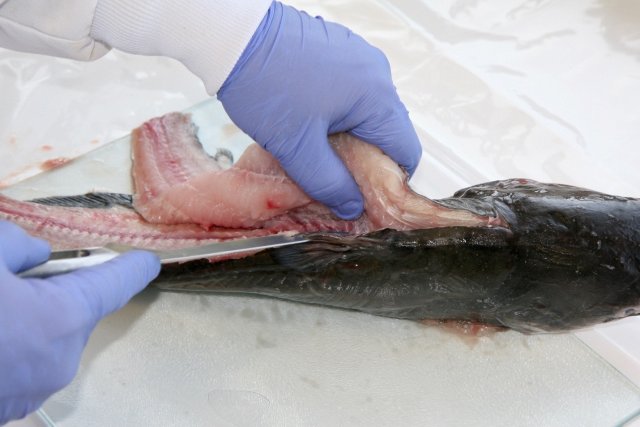Indicators: Ecological Fish Tissue Contaminants
What are ecological fish tissue contaminants?
Ecological fish tissue contaminants are chemicals, including metals and organic compounds, that have accumulated within the bodies of fish by way of absorption from the water or ingestion of contaminated food items. Contaminants tend to remain in tissues and may become more concentrated in muscles, skin and other organs over time. This is known as biomagnification. Because contaminants may accumulate in different ways in different organism, whole fish are analyzed for the presence of contaminants.

Why are ecological fish tissue contaminants important?
It is important to measure contaminants in tissue of prey fish because this provides us with information on the risks that contaminants can pose for organisms that eat them. Contaminant levels in prey species can further accumulate in predators such as birds, mammals and other fish, potentially leading to adverse impacts that reduce the health of these populations. Health effects may include decreased reproductive success and reduced growth and development.
What can ecological fish tissue contaminants tell us about the condition of water?
The ecological fish tissue contamination index indicates whether predatory fish, birds or mammals could experience adverse, nonlethal effects such as stunted growth or reduced reproductive success from eating contaminated fish.
How is this indicator used in NARS?
The National Coastal Condition Assessment collects ecological fish tissue contaminant data. Data is available on the NARS data page. Below the table you access assessment information in current reports.
| NLA | NRSA | NCCA | NWCA | Indicator Type |
|---|---|---|---|---|
| X | Core Indicator | |||
| Research Indicator |
National Coastal Condition Assessment Web Report – Coming Soon.
